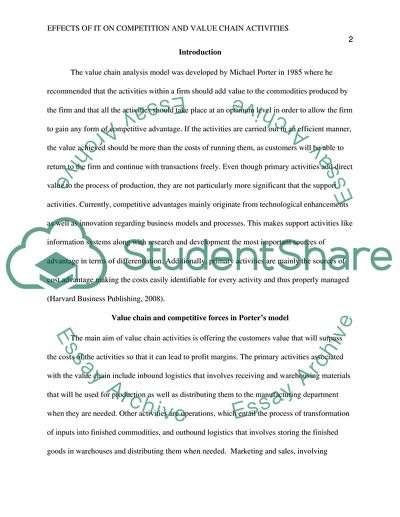Cite this document
(“IT and Strategic Systems Research Paper Example | Topics and Well Written Essays - 1000 words”, n.d.)
Retrieved from https://studentshare.org/information-technology/1676028-it-and-strategic-systems
Retrieved from https://studentshare.org/information-technology/1676028-it-and-strategic-systems
(IT and Strategic Systems Research Paper Example | Topics and Well Written Essays - 1000 Words)
https://studentshare.org/information-technology/1676028-it-and-strategic-systems.
https://studentshare.org/information-technology/1676028-it-and-strategic-systems.
“IT and Strategic Systems Research Paper Example | Topics and Well Written Essays - 1000 Words”, n.d. https://studentshare.org/information-technology/1676028-it-and-strategic-systems.


